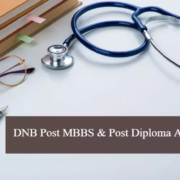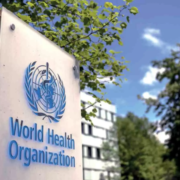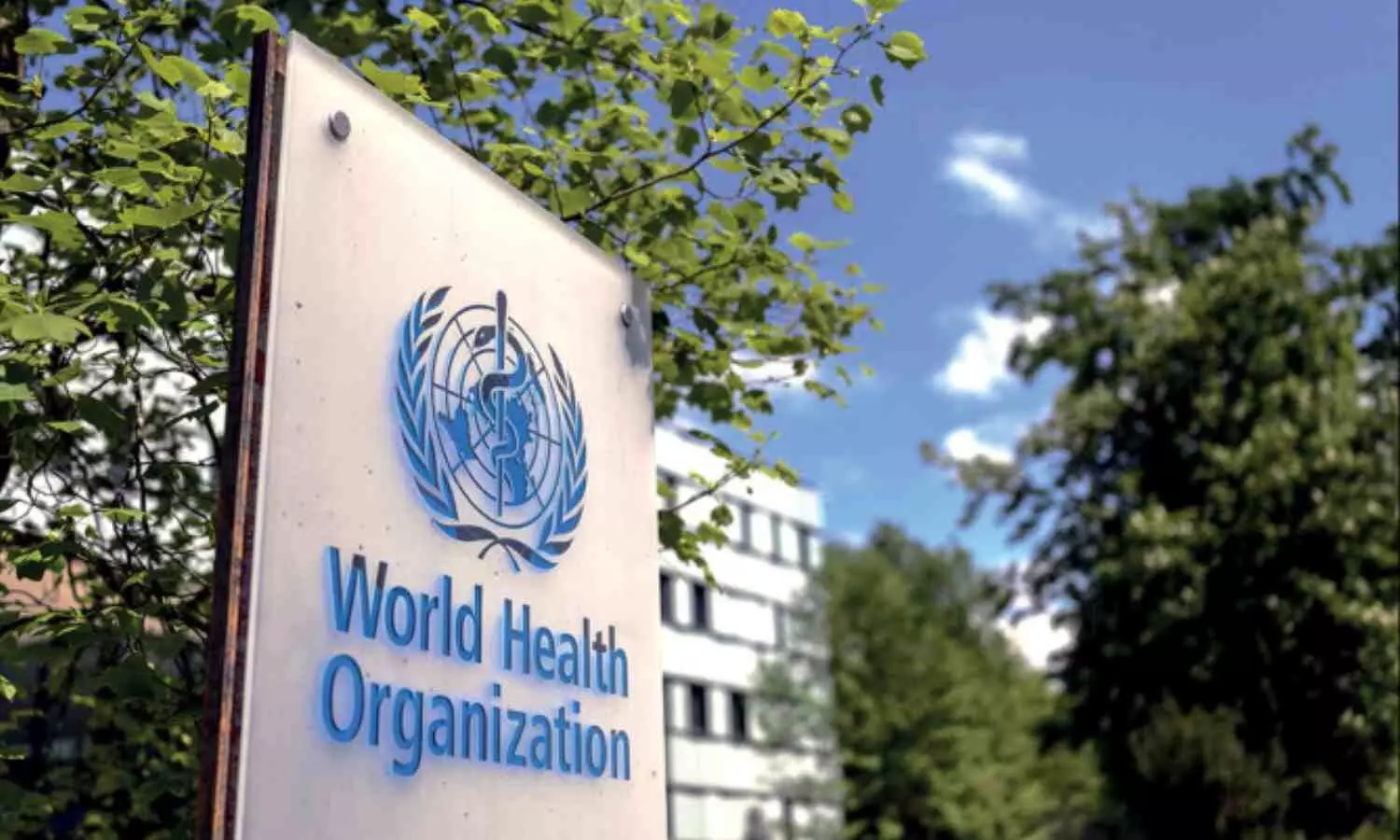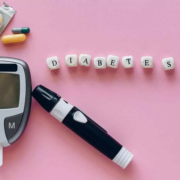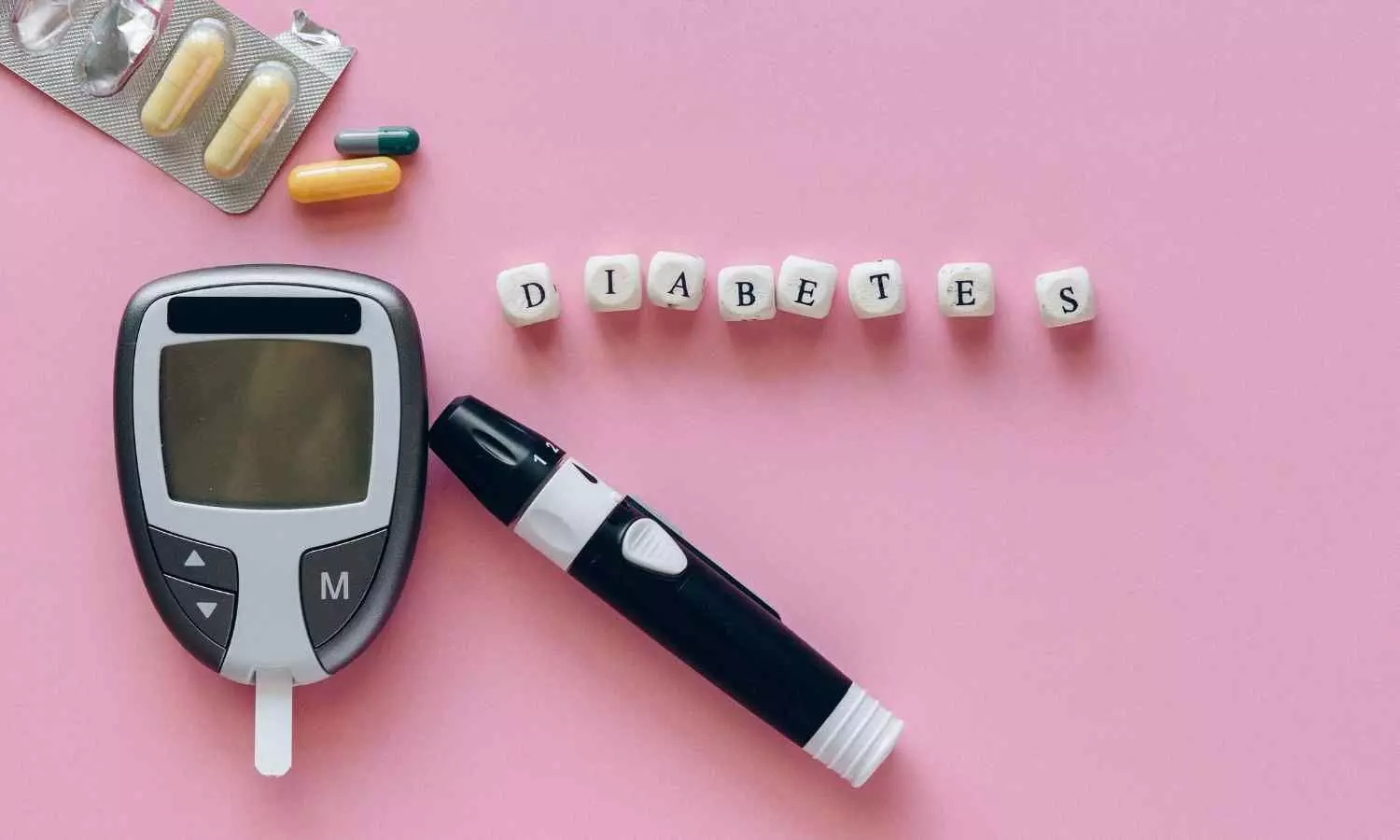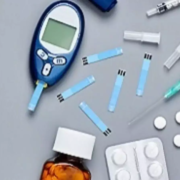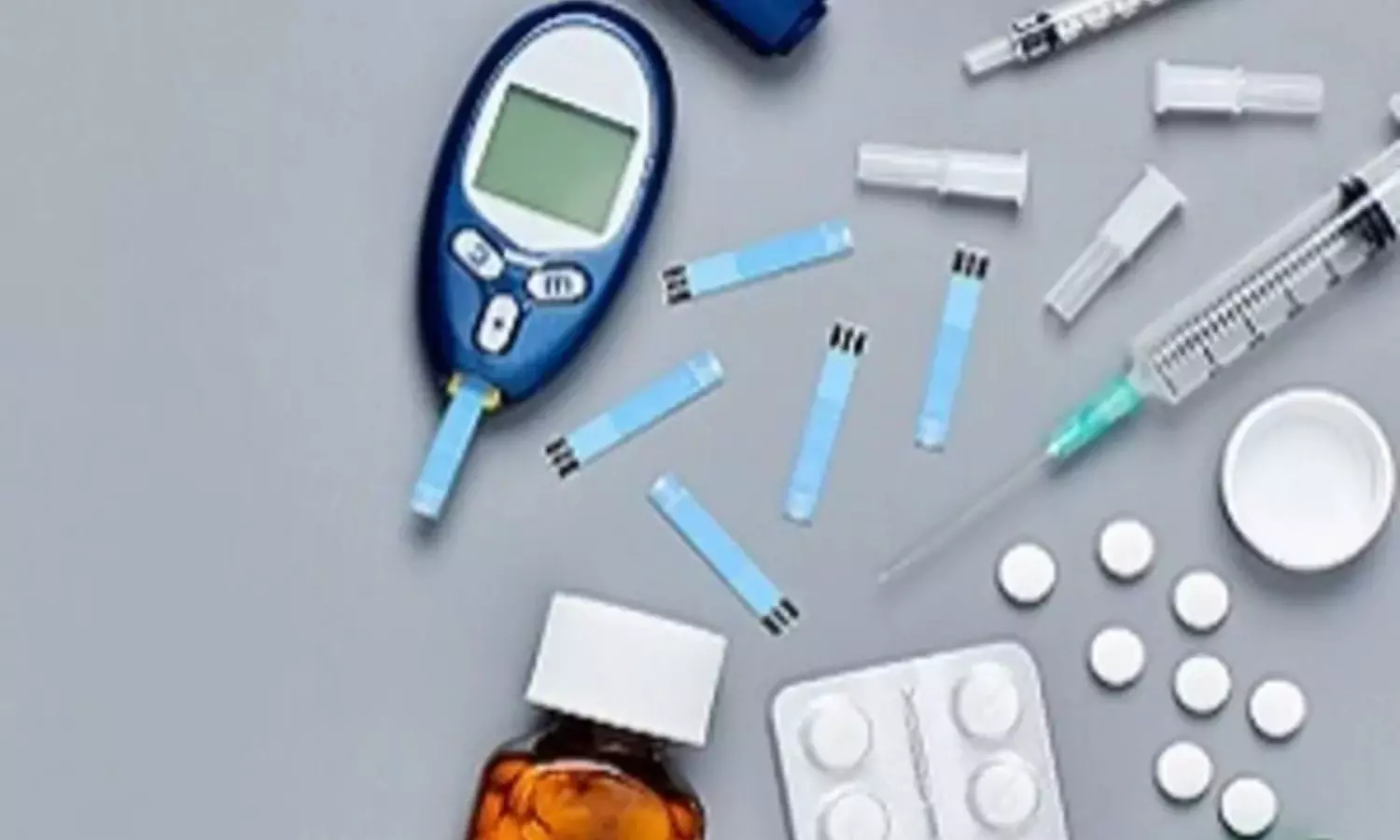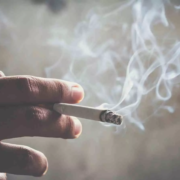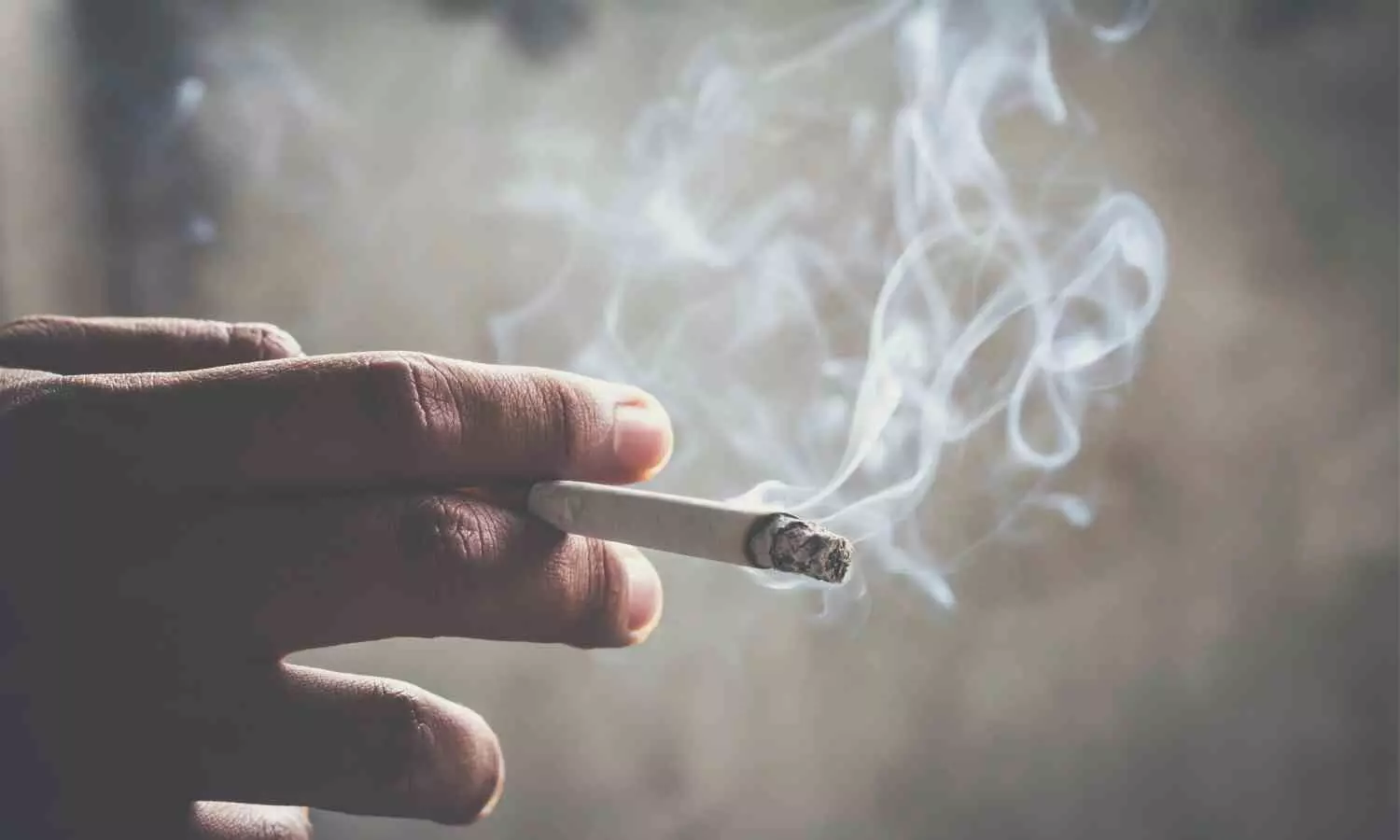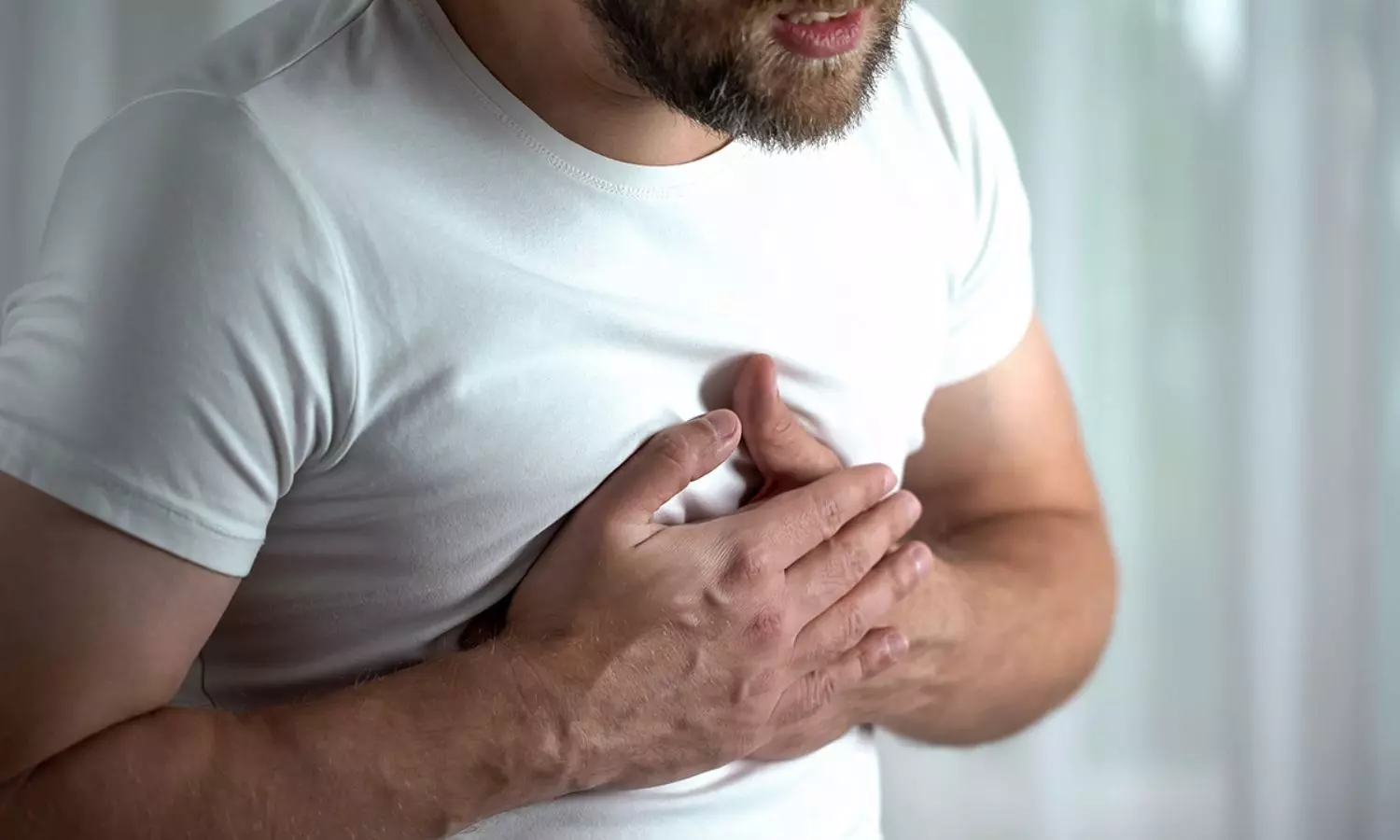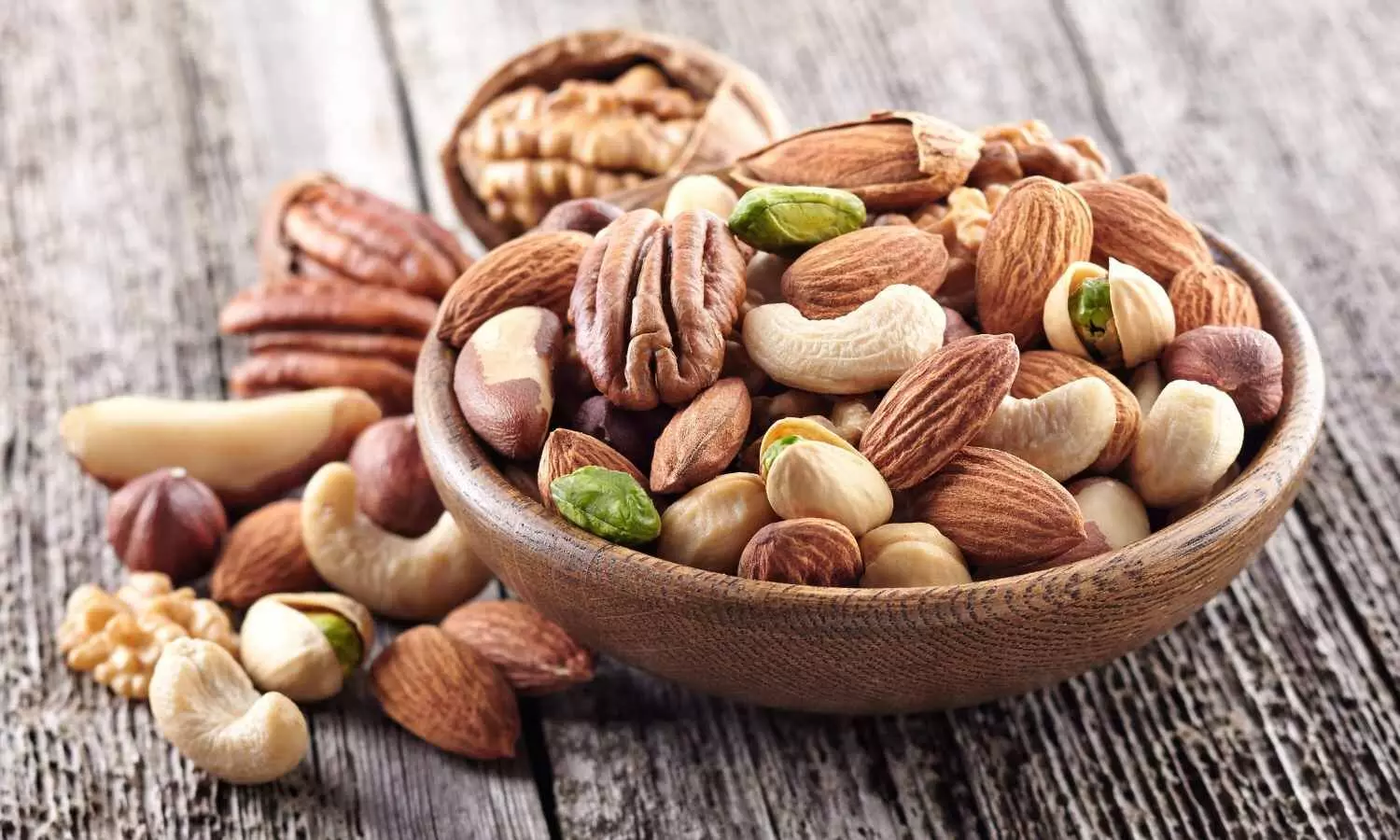NTRUHS to End Phase-II Web Options for Management Quota PG Medical Seats today

Andhra Pradesh- Dr NTR University of Health Sciences (Dr NTRUHS) is going to end the exercise of the web options process for Phase-II counselling for admission to Management Quota seats of PG Medical Degree/Diploma Courses in private unaided non-minority and minority colleges for the academic year 2024-25 by 8pm today.
As per the notification in this regard, the exercising of web options is going to end today i.e. 18 December 2024 at 08.00 PM. With this, all the eligible candidates whose names are in the provisional final Merit Position notified on the University Website are only eligible to exercise web options as per the dates and according to the Seat Matrix.
UNIVERSITY FEE
Selected Candidates have to log in and to pay the University fee of ₹.49,600/- for downloading the Allotment Order by using the Online payment method through the Debit Card/Credit Card/Internet Banking. Candidates already paid in Phase I need not pay again. The University fee and other fees once paid shall not be refunded under any circumstances.
TUITION FEE
The following is the Tuition fee structure for the academic year 2024-25 to be payable for the Competent Authority Quota seats in Private Un-aided Medical Colleges-
|
S.NO |
NAME OF THE COURSE |
FEE FOR CATEGORY-B (MQ) SEATS |
FEE FOR CATEGORY-C NRI/INSTITUTIONAL QUOTA SEATS |
|
1 |
Clinical Degree/Diploma |
₹. 9,93,600/- |
₹.57,50,000/- |
|
2 |
Para Clinical Degree/Diploma |
₹.3,10,500/- |
₹.17,25,000/- |
|
3 |
Pre Clinical Degree/Diploma |
₹.1,40,760/- |
₹.9,20,000/- |
ELIGIBILITY FOR EXERCISING WEB OPTIONS IN PHASE II COUNSELLING
1 All the candidates who have been allotted a seat in Phase-I and reported.
2 All the candidates who have not been allotted any seat in Phase-I counselling.
3 The Joined candidates of Phase-I/Phase-II Counselling are eligible for upgradation up to Phase-III (MoP Up) round only.
4 All candidates who have been allotted a seat in Phase I-
i but not reported/not joined the allotted colleges,
ii joined but resigned from the allotted seat as per University Notification on Free Exit, dated 12/12/2024 & 14/12/2024.
However, if a candidate has not joined/reported in the allotted seat of Phase-I or resigned from the joined seat, then that particular seat shall not be available for that candidate to exercise web options in Phase-II counselling.
ELIGIBILITY FOR EXERCISING WEB OPTIONS IN PHASE III (MOP UP) COUNSELLING
1 All the candidates who have been allotted and reported to the Phase-I/Phase-II seat.
2 All the candidates who have not been allotted any seat in Phase-I/Phase-II counselling.
3 Phase-I joined/reported seat shall be the default last option.
4 The Joined candidates who are holding a seat in Phase-I Phase-II or Phase-III (Mop Up) Counselling are not eligible for Stray or any further rounds.
5 Candidates allotted a seat in Phase III (Mop-Up) cannot participate in subsequent rounds of State Counselling, regardless of whether they report to the allotted college.
6 All candidates who have been allotted a seat in Phase-I/Phase-II-
i but not reported/not joined the allotted colleges.
ii Joined but resigned from the allotted seat as per University Notifications for free exit.
DISTRIBUTION OF SEATS IS AS DETAILED BELOW
1 Management Quota-Subcategory- 1(S1): 25% of the sanctioned intake of seats, course-wise, in each institution, shall be filled by the candidates in General Merit based on the NEET PG-2024 ranking.
2 Management Quota-Subcategory-2(S2): 15% seats out of total intake capacity, course-wise, in each institution shall be filled by foreign students/ NRI/NRI sponsored candidates on the basis of inter-se-merit among the applicants qualified in NEET PG-2024.
3 Management Quota-Subcategory-3(S3): 10% seats out of total intake capacity, course-wise, in each Institution shall be Institutional preference/In- service management quota seats filled on the basis of inter-se-merit among the applicants qualified in NEET PG-2024.
4 15% of Subcategory-1 seats only are open to candidates from all over the Country – S1A
5 For the Remaining 85% of Subcategory-1 seats only Local Candidates of Andhra Pradesh i.e., AU/SVU are only eligible – S1B.
INSTRUCTIONS TO CANDIDATES
1 Candidates opting for Medical Degree/Diploma courses are informed that there is no limit of choices (number) for exercising web options. Candidates can exercise any number of options for any number of specialities and colleges available.
2 Candidates are instructed to be careful while exercising options on the Web and take the printout of the saved options. Candidates are advised to exercise options in Courses and colleges in which they are genuinely interested. If they are not interested in joining any speciality or college then they are advised not to exercise options for the same.
3 The selected candidates shall produce all the Original certificates, pay the Tuition fee, furnish necessary bonds etc., and complete the process of admission. If the candidate does not fulfil the criteria as per regulations to complete the admission process on the specified dates of admission, their admission will be cancelled automatically.
4 The verification of original certificates will be conducted at the time of admission in the respective College and in case of any discrepancy, the Provisional allotment will be cancelled and action will be initiated. If the candidate slides to other colleges (i.e., affiliated colleges of Dr.NTR UHS) during subsequent Phases of counselling the tuition fee will be sent to the slide college by the concerned college where the amount is held.
5 Candidates who have reported the allotted seat of Phase-I and/or Phase-II can opt for free exit as per the schedule which will be notified.
6 If any candidate joins the allotted seat of Phase-I of Competent Authority Quota (CQ) seat in A.P. State can slide to a seat allotted in Phase-II of Management Quota seat in AP State and in such case, the tuition fee already paid for the CQ will be returned to the candidate by the concerned college.
7 An allotted candidate can report at any one college/course either in CQ or MQ in case the candidate gets a seat in both CQ & MQ of Phase-II counselling. Candidates shall decide on choosing the allotted seat of admission for reporting. There shall not be any dual reporting of any candidate in CQ & MQ at different/same colleges.
To view the notification, click the link below
Powered by WPeMatico








